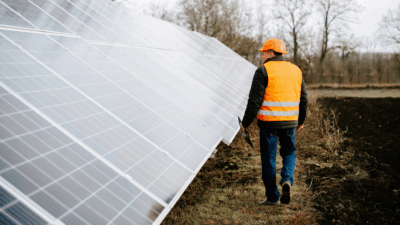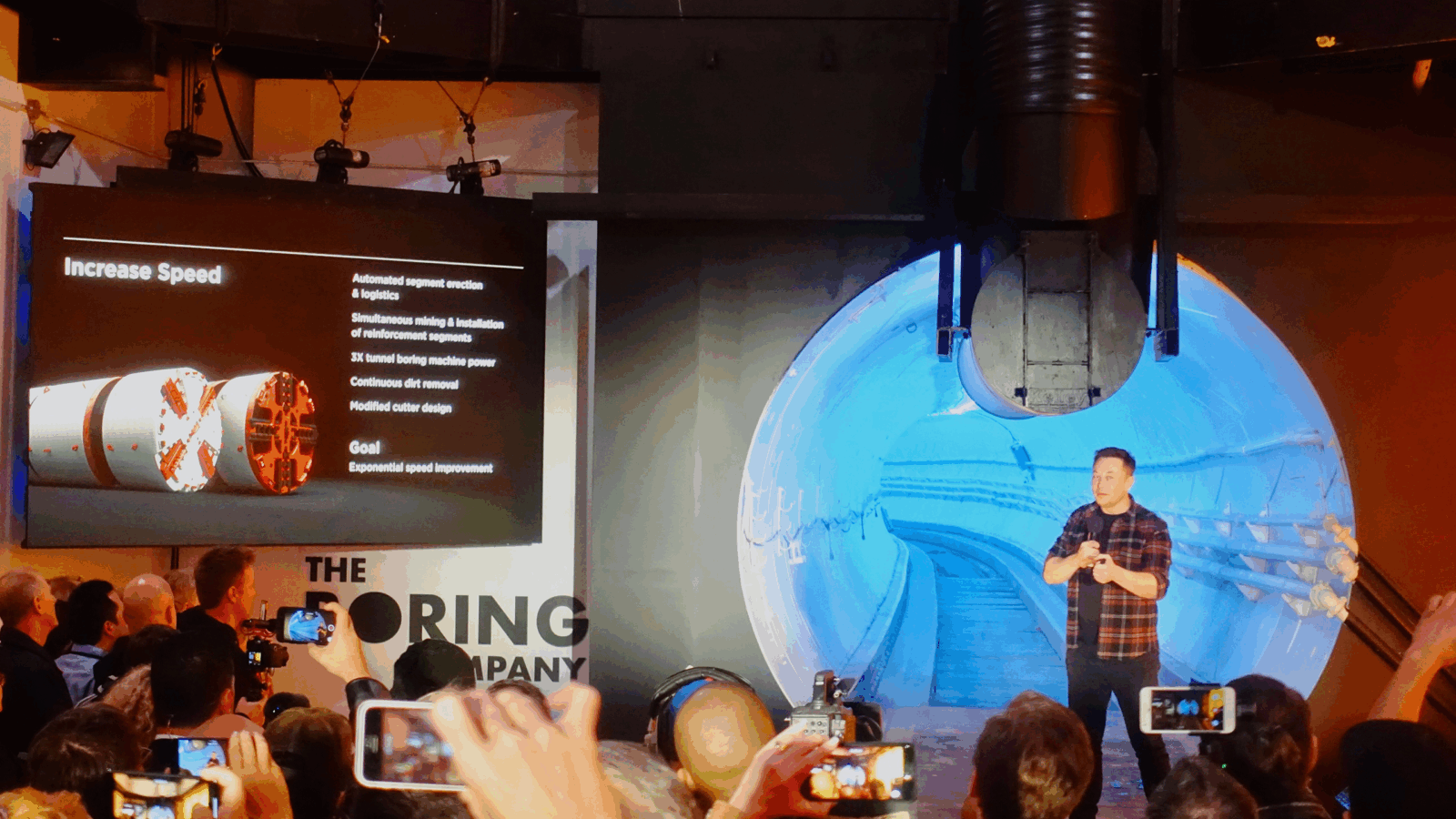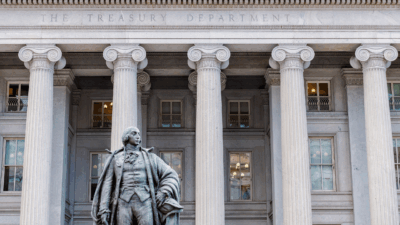The Cost of Climate Change Is Adding Up
The annual US National Climate Assessment included an economic impact assessment for the first time, and it’s not pretty.

Sign up for smart news, insights, and analysis on the biggest financial stories of the day.
Depending on your climate-change anxiety level, read on.
The annual US National Climate Assessment included an economic impact assessment for the first time, and it’s not pretty: The US experiences a climate disaster costing at least $1 billion every three weeks on average — totaling nearly $150 billion a year.
Don’t Go (Climate) Changin’
When adjusting for inflation, billion-dollar disasters used to happen about three times a year as recently as the 1980s, according to the report. In a double dose of bad news, the United Nations Framework Convention on Climate Change published its own report on Tuesday calling out a far slower reduction in carbon emissions than called for in the Paris Agreement.
Greenhouse gas emissions are on course to increase by 9% in 2030 compared to 2010 levels, the UN report said, even though the Paris Agreement called for a 45% reduction to limit global warming to just 1.5 degrees Celsius by that same year. (The smidge of good news? This time last year, the group projected an 11% increase.)
The US National Climate Assessment lays out just where exactly the economic consequences are most likely to be felt:
- The impact may be felt most by the 40% of the US population that lives in coastal communities likely to be exposed to rising sea levels, the report argues, which could displace millions of Americans.
- Extreme weather, like hurricanes and wildfires, tend to also cause direct economic losses through “infrastructure damage, disruptions in labor and public services, and losses in property values,” the report says, while also highlighting the likely impact on domestic agriculture.
Derailed: Compared to the rest of the world, the US is faring slightly better in achieving its carbon-reduction goals — emphasis on slightly. US emissions were about 17% lower in 2021 than 2005, the report found, marking a roughly 1% reduction each year. But that needs to jump to an average of 6% annually by mid-century to hit national targets, the report says.











